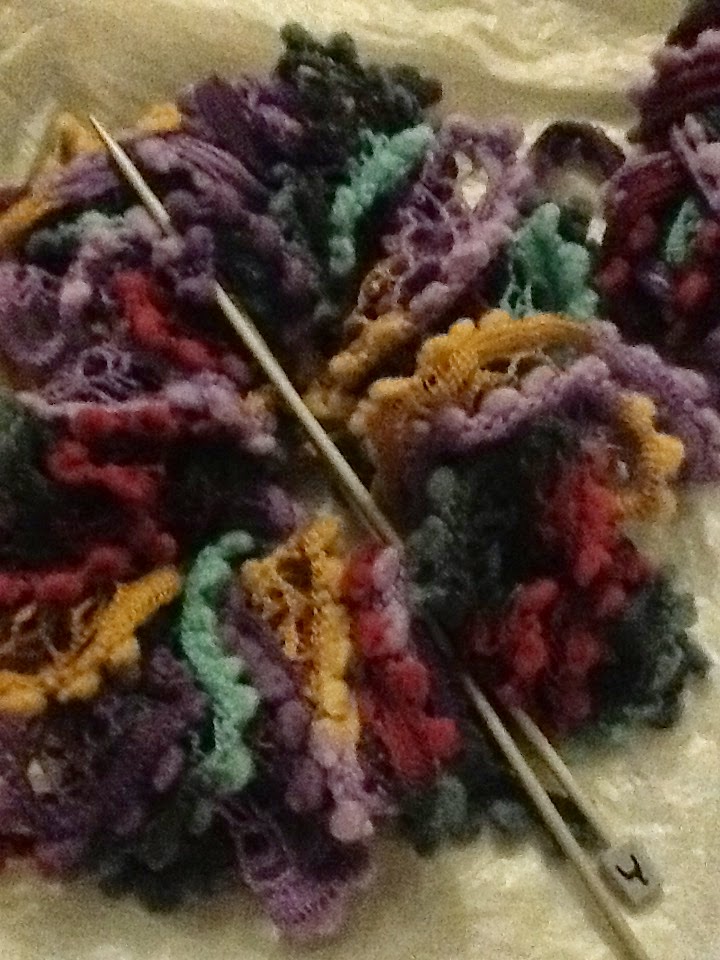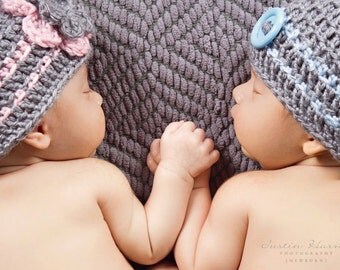The rest of the short story I began in my last blog entry ends thus:
I spend my
early 30s free and single with my cat Pringles for company. I take my court
shoes to Oxfam and live in a pair of Dr Martens, teamed with jeans. I insist on
Ms as my title and wear my DMs when dancing and demonstrating; from UB40 to
Poll Tax Marches. My loving parents support and challenge me in equal measures
as I clarify my personal politics and develop a more positive sense of self.
At 37 I meet
Phil, become stepmother to his three children and give birth to another. We all
live well together. The shoe store is under the stairs and my work shoes and
DMs lie jumbled together with Phil’s brogues and boots, a number of pairs of
Clarks and Start-Rites, football boots and dancing shoes.
In my 40s, I
move away from DMs, although I couldn’t wear a heel now if you paid me. I try
once when shopping for a party outfit but can’t take a single step. It’s back
to Clarks and the like. I add to my reading on foot development and know the
damage high heels do to a woman’s feet and her posture is comparable to that of
foot binding. I like my feet. They are a nice shape with neat toes. I feel a
little smug about this. I could be a celebrity’s foot double.
In my 50s now
I’ve deserted Clarks for the second time, upon discovering a new brand of
comfy, quirky flatties. When the sun comes out, I swap them for sandals and
paint my toenails to match the colour of the leather. But my favourite shoes
are a pair of pink nubuck loafers. Yes, fifty years on, I’ve found pink again.
I discovered this lovely footwear in a shop on the outskirts of Covent Garden,
on a trip to London. There’s more time and more money, for these sorts of trips
now. I’m more confident in my sixth decade than I’ve ever been. Happy in my own
skin. Happy in my own shoes.
There is great
sadness in this decade, too. My mum, who was very concerned about shoes herself
(and the owner of the best, most colourful sock collection I’ve ever known)
died not long ago. In whatever shoes I’ve worn, she has walked along beside me
and I miss her company, her support and her guidance.
If I had to
choose my favourite pair of shoes to date, it would have to be my DMs, because
of the personal development they represent in my life. But with luck my shoe story won’t be over for
a while yet, and the coming years will bring more in which to walk, run and
play.
Who knows?
Maybe the best is yet to come.
This year, more than two years since I finished this story, I discovered a range of Dr
Martens boots for women in a variety of colours called 'Gayle' Biker Boots (yes
really). Here’s a picture of my cherry red pair (I’ve got some in black too).






















.jpg)






%2BGardens%2Bin%2BFalmouth.bmp)
